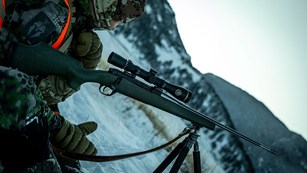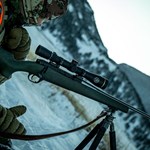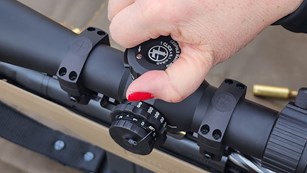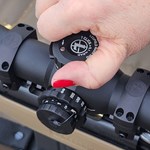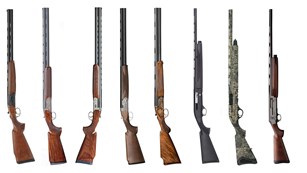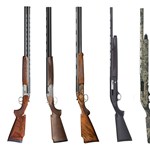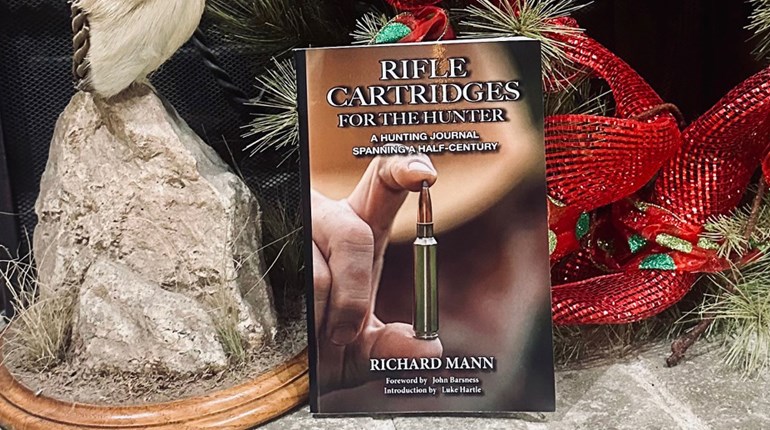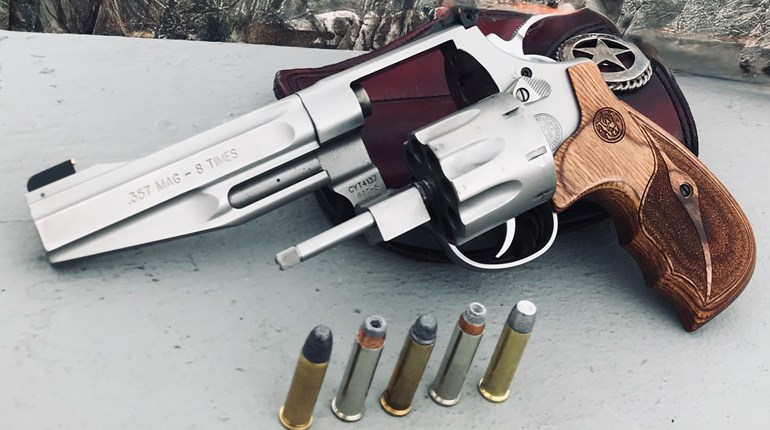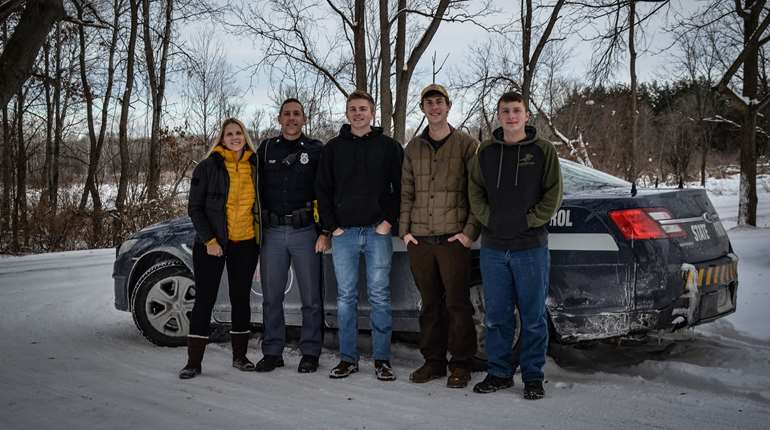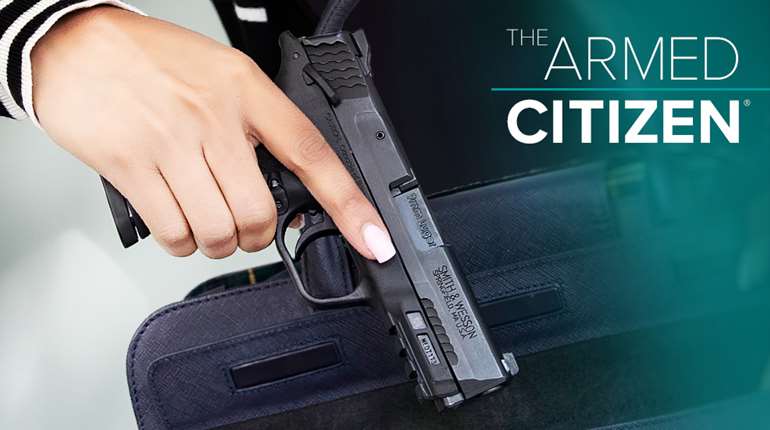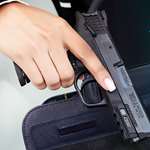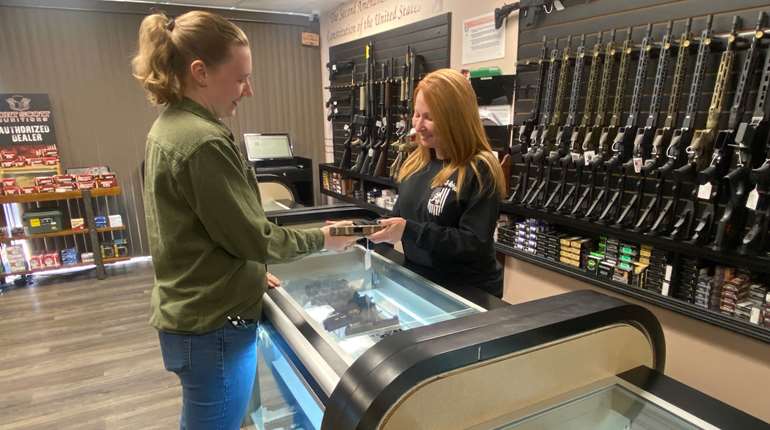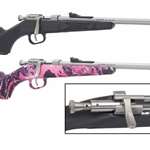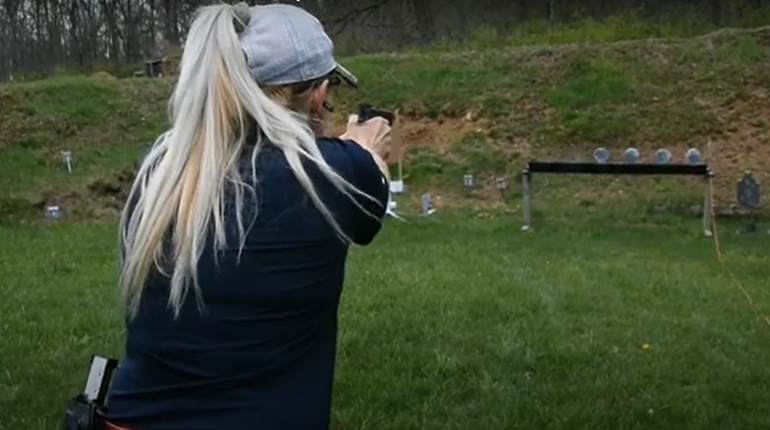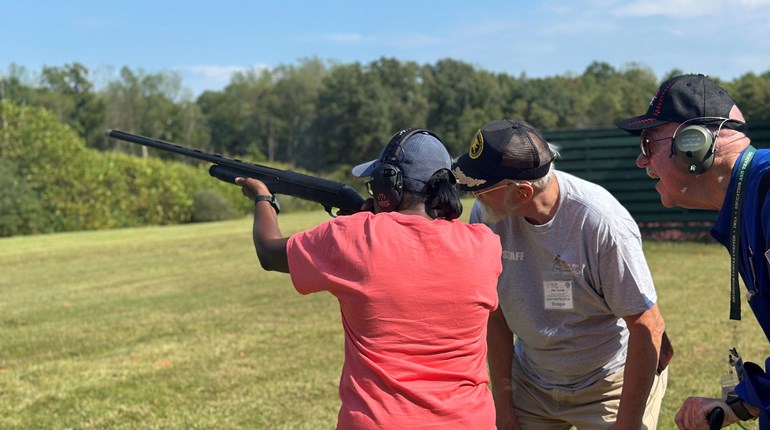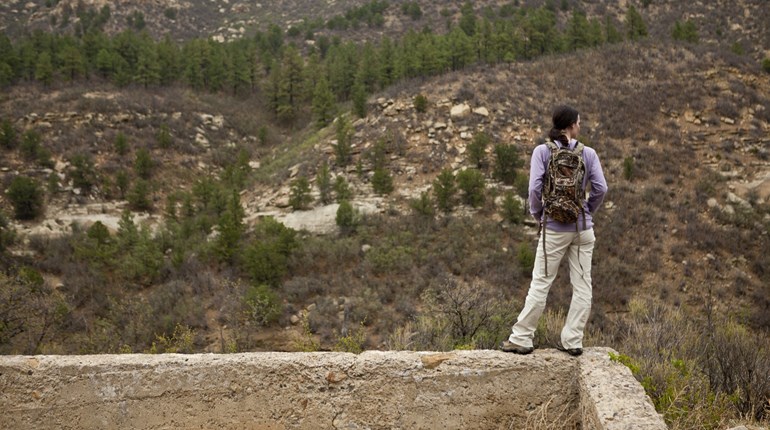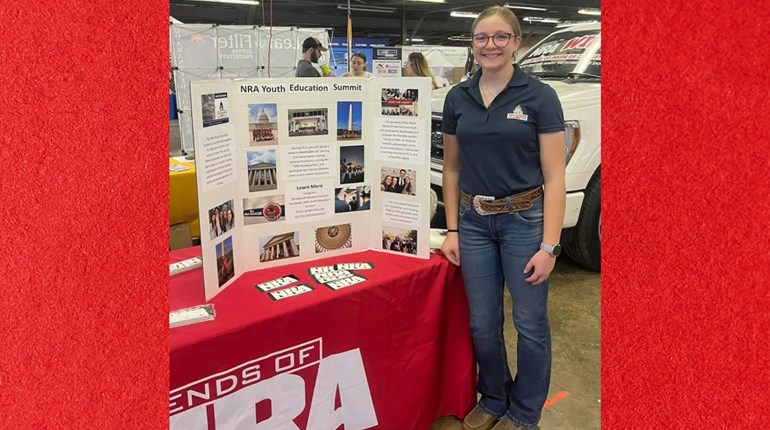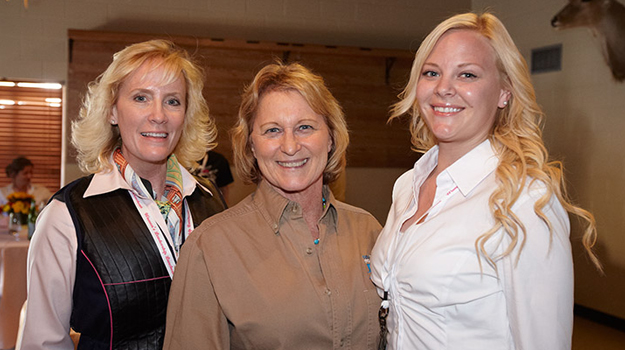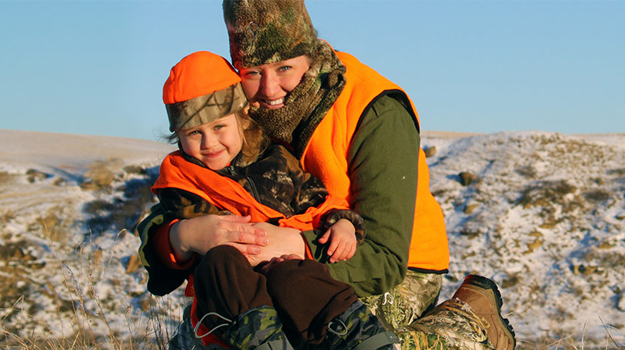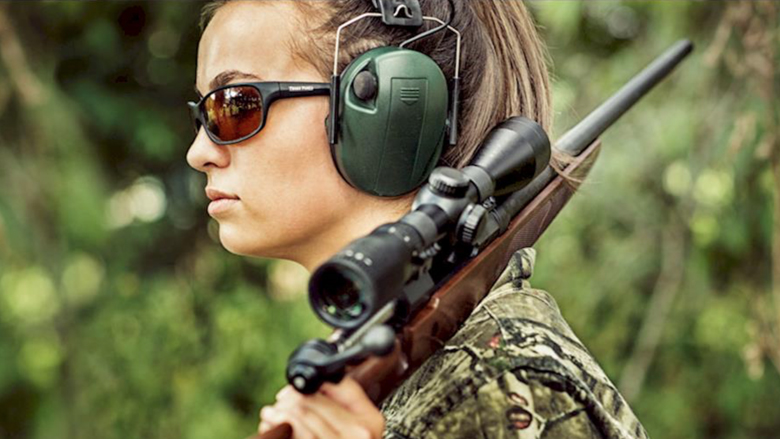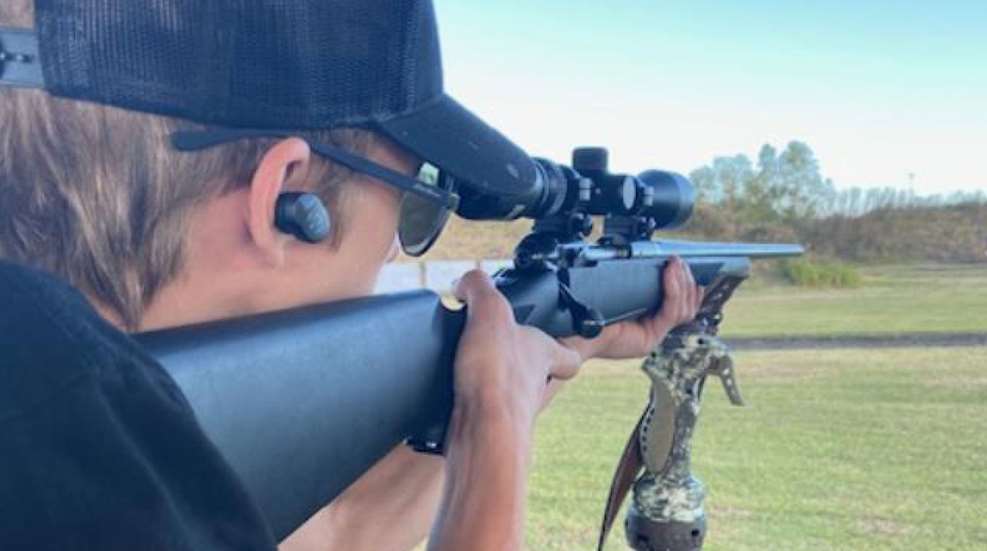
Most people in the gun world have some idea how lands and grooves improve a firearm’s ballistic performance and efficiency. The lands and grooves in a barrel are referred to collectively as “rifling.” There are many benefits to having lands and grooves in a firearm’s barrel.

The benefit of rifling is taught in most firearms training classes, including the NRA Basic Rifle and NRA Basic Pistol courses. In these classes the benefits of lands and grooves are explained in detail. This gives the students a good understanding of the purposes of having lands and grooves in a barrel.
There are three facts regarding rifling in a barrel that every shooter should know. These are better performance and ballistics, assisting law enforcement, and determines a cartridge’s designation.

Rifling Performance and Ballistics
First let’s look at the basics, or “Lands and Grooves 101.” The lands and grooves are the spiral indentations cut into the inside of a barrel. The grooves are the low “valley” portions, and the lands are the raised parts of the inside of the barrel. The lands and grooves are described in a firearm’s specification as the “twist rate.” The twist rate lets you know how tight (short) or long the spirals are in the barrel.
The twist rate is represented as a ratio. The common twist rates in handguns and rifles are 1:7”, 1:8”, 1:9”, and 1:10” although some firearms may have a shorter or longer ratio. For example, a 1:8” twist rate means that the bullet or projectile makes one complete revolution as it travels down the barrel in eight inches.
Many shooters believe that when a firearm is discharged, the bullet or projectile makes many “spins” before it exits the barrel. In reality, if you have a four-inch barrel handgun with a 1:8” twist rate, the bullet or projectile only makes one half revolution before exiting the barrel. Likewise, if you have a rifle with a 24-inch barrel and a twist rate of 1:10”, your bullet or projectile will only make 2.4 revolutions before exiting the barrel.
Before lands and grooves were added to barrels, shooters could not be sure where their bullets or projectiles would hit on their target or game animal they were hunting. This changed with the addition of rifling in the barrel. Rifling puts a spin on the bullet or projectile to improve ballistics. It stabilizes the bullet or projectile for greater accuracy as well as increasing the distance the bullet or projectile will travel.
The more spins that are put on the bullet or projectile, the greater the accuracy will be as well as the distance the bullet or projectile will travel. For example, the common twist rate of a .357 Magnum is 1:16”. If I take a .357 Magnum cartridge and fire it out of a revolver with a four-inch barrel, it might travel up to two miles. If I take the same .357 cartridge and fire it out of a lever-action rifle with a 22-inch barrel, it might travel up to four miles.

Rifling and Law Enforcement
In addition to better performance and ballistics, rifling assists law enforcement in solving crimes. Have you ever wondered how law enforcement can match a gun to a crime that was committed 25 years, 30 years, or even 50 years ago? It is done by matching the lands and grooves, or rifling, of a firearm’s barrel to a recovered bullet that was retained as evidence.
The rifling in a barrel is like the fingerprints on our hands. Just as we all have unique fingerprints, the same goes for the rifling in barrels. It does not matter if two barrels come off the assembly line, one right after another, each barrel will have unique rifling and leave unique identifying marks on a bullet or projectile fired through it.
Law Enforcement can fire a bullet through a known firearm and compare it to a bullet recovered from a crime scene. By using a comparison microscope, law enforcement can match up the marks from the known firearm and the one recovered from the crime scene. This is done using side-by-side screens, lining the marks up. This would not be possible if it were not for rifling.
Rifling and Cartridge Designation
Rifling and cartridge designation is probably the least known fact regarding firearms. What many shooters, including a lot of firearm instructors, do not understand is how the lands and grooves determine the cartridge designation of their desired ammunition and the relationship of barrel design. It is the rifling that is used to determine a cartridge’s designation.
The Western Standard (Europe, North America) measures caliber by groove-to-groove measurements. Eastern Standards (Russia) measures caliber by land-to-land measurements. For example, a .30-cal. bullet can vary in actual size depending on the Standard that is used (Western or Eastern).
This is best understood by using two similar bullet diameters such as the .30-06 Sprg. (7.62X63) and the AK-47 cartridge, 7.62X39 (.30 caliber). The .30-06 Sprg. and the 7.62X39 both have a caliber designation of .30 caliber, or 7.62 using the metric measurement system. The difference is found in the depth of the grooves using SAAMI (Sporting Arms and Ammunition Manufacturers Institute), which maintains firearms and ammunition industry standards.
We are only dealing with the first set of numbers in the two examples: .30-06 Sprg. and 7.62X39. The first set of numbers are the calibers. .30 caliber is the same diameter as the 7.62 using the metric system. The second set of numbers refers to other data. The “06” in .30-06 refers to the year, 1906, that the cartridge was adopted by the U.S. Military. The “39” in 7.62X39 refers to the case length (not the overall case length).
The .30-06 Sprg. has the designation of .30 caliber, but the actual size of the bullet is .308. Since the Western Standard uses the groove-to-groove measurement system, the actual groove depth is .308 and the land-to-land measurement is .30.
The 7.62X39 also has the caliber designation of .30 (7.62), but the actual size of the bullet is .312. The Eastern Standard uses the land-to-land measurement system, but the grooves are deeper. The reason the AK-47 bullet is larger is because the groove-to-groove depth is .312.
It is very important to know the actual size of a designation so if you must measure the bullet for any reason, you will understand the difference between the caliber of a bullet and its actual size. The reason the actual bullet size is larger than the caliber designation is that the bullet must create a seal to prevent gases from escaping when the firearm is discharged. The way the bullet prevents gas from escaping to the rear, is by filling in the grooves.
The worst thing a shooter can do, apart from being unsafe, is to end their firearm knowledge with what ammunition goes into their firearm. There is more to being a responsible firearm owner than just following the NRA Rules for Safe Gun Handling:
- Always Point the Gun in A Safe Direction
- Always Keep Your Finger Off the Trigger Until Ready to Shoot
- Always Keep the Gun Unloaded Until Ready to Use
The more knowledgeable you are with your firearm makes you a more responsible gun owner. Understanding how rifling relates to using the proper ammunition will make any shooter a safer and more effective shooter.
